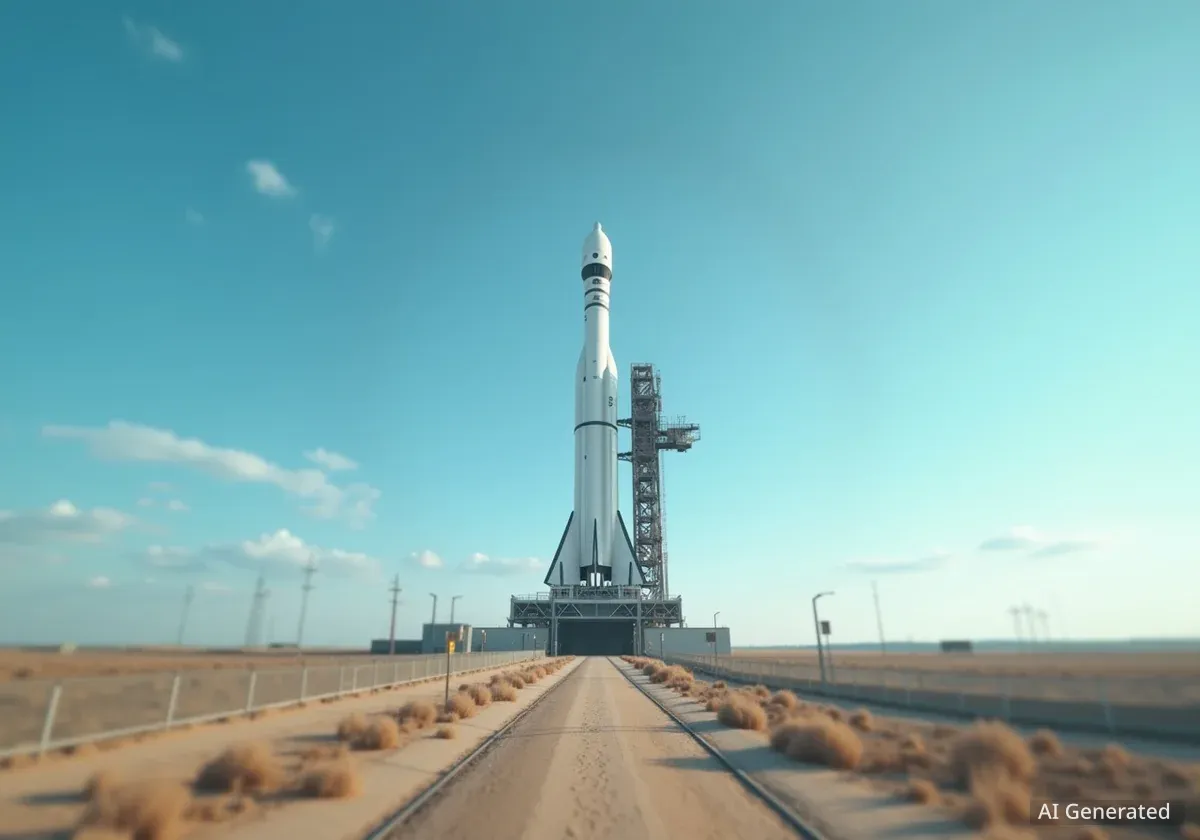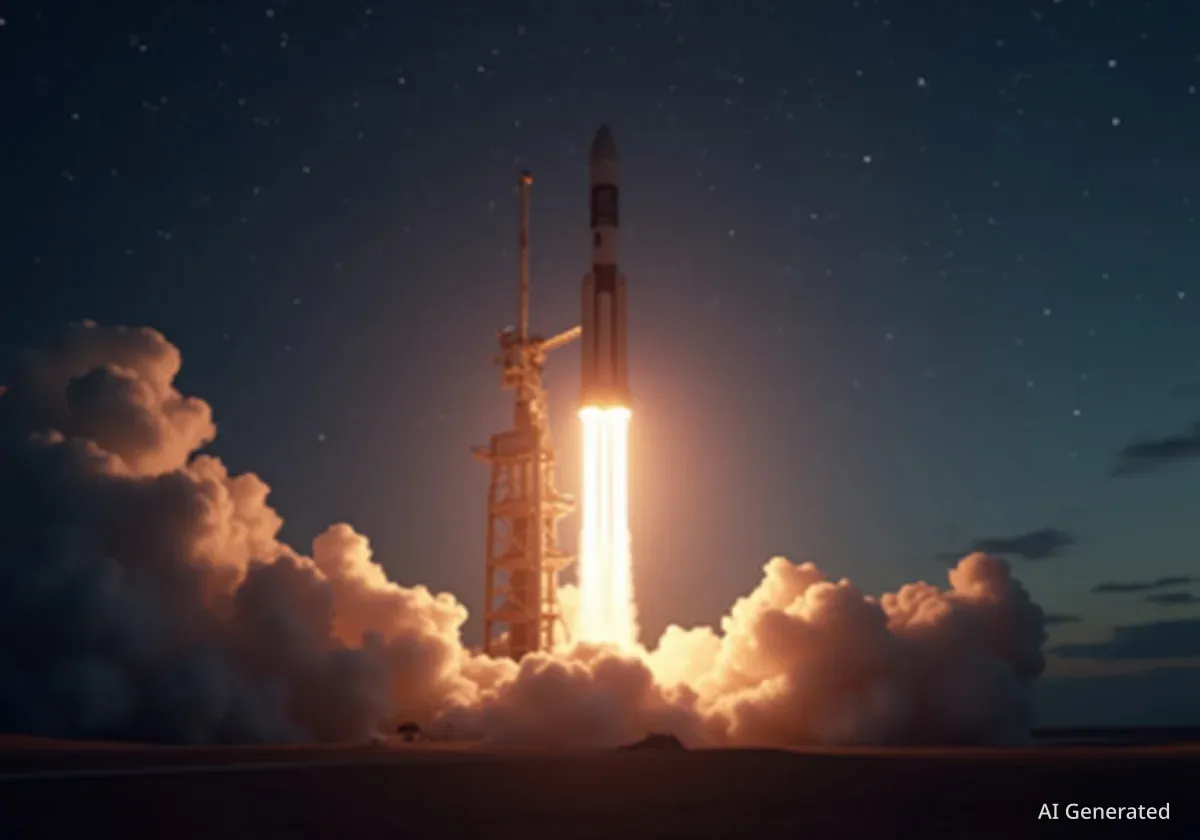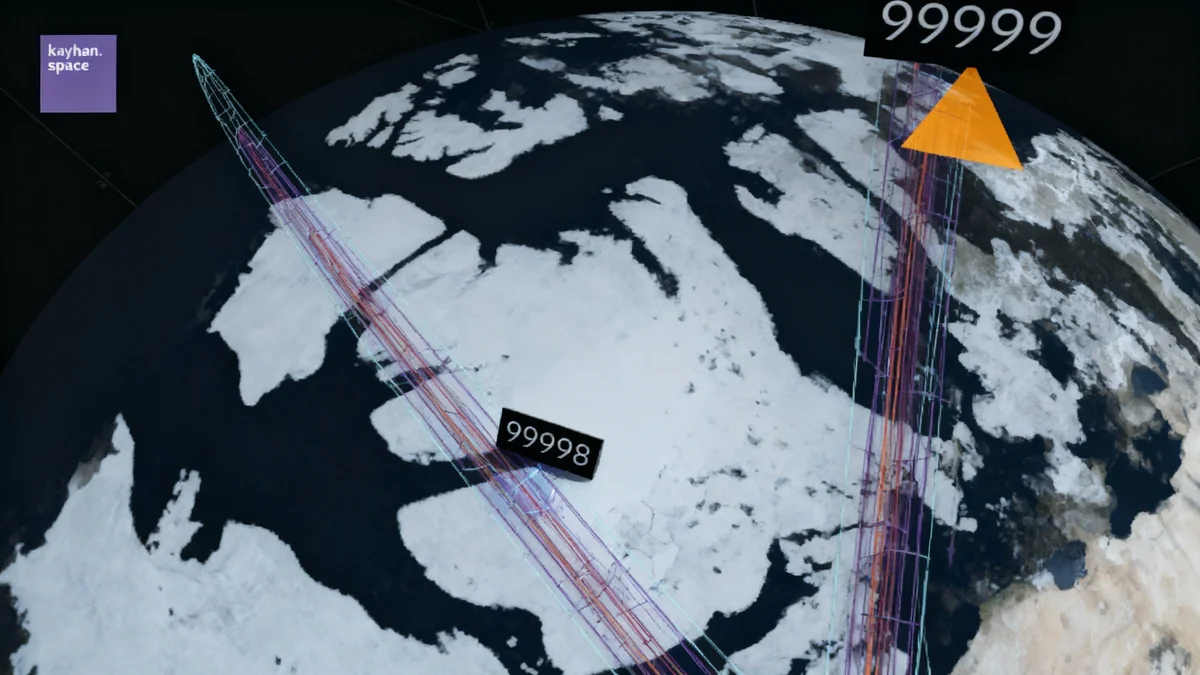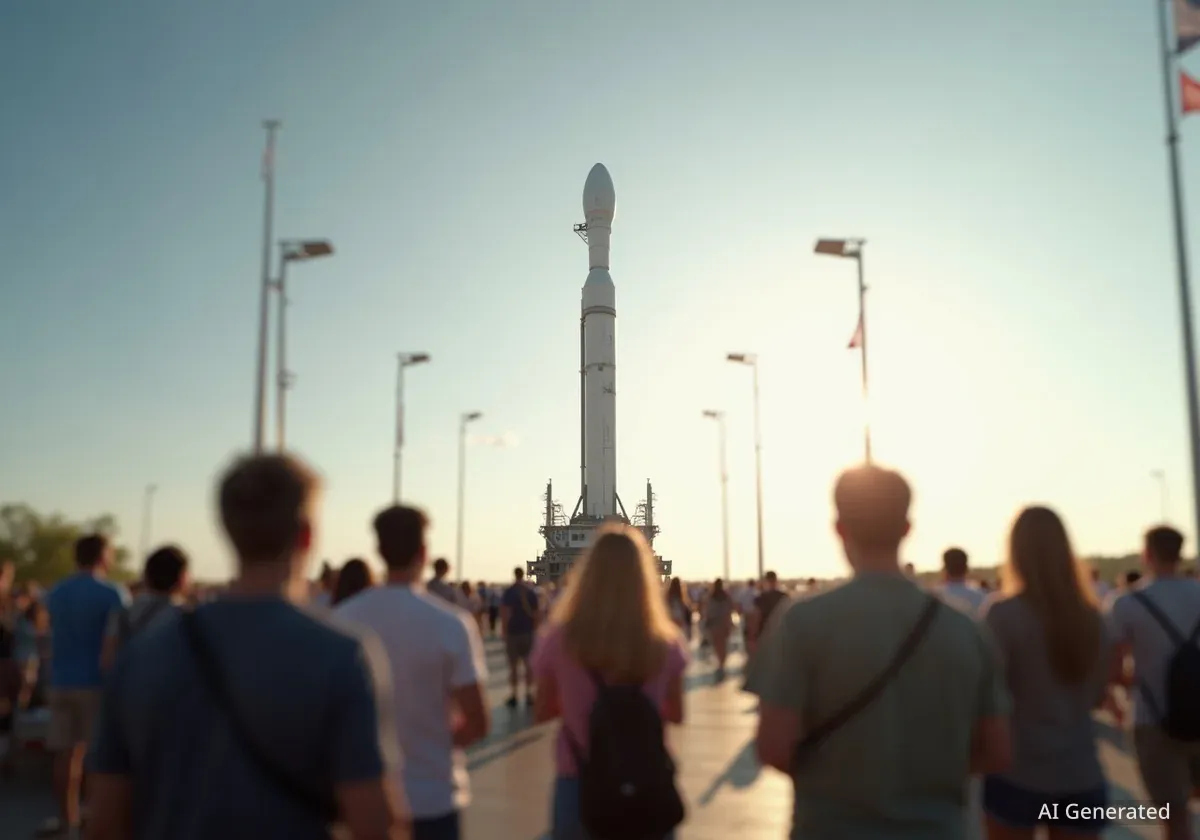The United States Space Force is actively exploring new launch locations to manage a dramatic increase in both commercial and military space missions. The service's primary launch ranges in Florida and California are approaching their maximum capacity, prompting a search for alternative spaceports to handle the growing demand.
According to officials, the number of annual launches has surged more than tenfold since 2020. This has created significant strain on the infrastructure at Cape Canaveral Space Force Station and Vandenberg Space Force Base, necessitating a new strategy to accommodate future growth.
Key Takeaways
- The U.S. Space Force is facing capacity issues at its main launch sites in Florida and California.
- Annual launch rates have jumped from fewer than 20 in 2020 to a projected 220 this year.
- Officials are considering new domestic spaceports, particularly in Texas and Virginia, for smaller launch vehicles.
- The strategy involves reserving Cape Canaveral and Vandenberg for heavy and super-heavy rockets.
- Sea-based launch platforms and international partnerships are also being evaluated as long-term solutions.
Unprecedented Growth in Launch Activity
The demand for space launch services has reached historic levels, transforming the operational tempo at the nation's key spaceports. The combined annual launch rate at Cape Canaveral and Vandenberg has skyrocketed from less than 20 missions in 2020 to an anticipated 220 missions this year. This exponential growth is largely fueled by the commercial space industry, including satellite constellations and private spaceflight ventures.
At the same time, the Space Force's own requirements are expanding. The service is moving toward a strategy of deploying more numerous, smaller satellites, which adds to the overall launch manifest. This dual pressure from both private and government sectors has pushed the existing infrastructure to its limits.
By the Numbers: Launch Surge
The increase represents more than a 1,000% rise in launch activity in just five years, highlighting the rapid acceleration of the global space economy and military space operations.
A Strategy for Expansion
To address the congestion, the Space Force is developing a plan to optimize its launch capabilities. The head of Space Systems Command, Lt. Gen. Phillip Garrant, outlined the approach during a briefing at the Air, Space, and Cyber Conference.
"We know there are only a few places we can do our biggest launches from," Garrant stated. "That’s probably not going to change. So, where can we leverage other locations that have good orbital presence?"
The core of the strategy is to reserve the highly developed facilities at Cape Canaveral and Vandenberg for launching heavy and super-heavy rockets. For the growing number of small and medium-sized launch vehicles, the service is looking to partner with other existing or emerging spaceports across the United States.
Potential Domestic Partners
Two states have emerged as leading candidates for this expansion: Texas and Virginia. According to Garrant, leaders in Texas have been "very aggressive" in their desire to expand space launch activities beyond SpaceX's private Starbase facility in Boca Chica. This indicates strong state-level support for developing new launch infrastructure.
In Virginia, NASA's Wallops Flight Facility is already a hub for small launch providers. The facility is undergoing expansion to support larger vehicles, such as Rocket Lab's Neutron rocket. Virginia Governor Glenn Youngkin has expressed ambitions for the site to become "the most vibrant space industry complex in America" for both military and commercial use.
Mid-Term Horizon
Lt. Gen. Garrant noted that any final decision is still on a "mid-term" timeline. Establishing new launch capabilities involves significant hurdles, including comprehensive environmental reviews, securing financial resources, and undertaking major construction projects.
International and Sea-Based Alternatives
While the immediate focus is on domestic expansion, the Space Force is also keeping its options open for future international and non-traditional launch solutions. Garrant confirmed that while there is no active effort to move launches overseas, the service is open to the idea.
Potential international partners with existing or developing launch capabilities include:
- Australia and New Zealand
- Japan
- European nations such as France, Norway, the United Kingdom, and Sweden
Brig. Gen. Kristin Panzenhagen suggested that newer international sites could be designed with interoperability in mind from the start. This would make it easier for the U.S. and its allies to share launch capacity and collaborate on missions. "We’re at the very early stages of that, but I’m really excited about building those international partnerships," she said in May.
Floating Launch Pads
Another innovative concept under review is sea-based launch. This approach involves using mobile, floating platforms to launch rockets from the ocean. Last year, the Pentagon's Defense Innovation Unit (DIU) awarded a contract to The Spaceport Company to demonstrate how its sea-based system could help alleviate range congestion.
While this method offers flexibility, it also presents logistical challenges, such as transporting rockets and support equipment to a barge at sea. The Space Force is closely monitoring the development of this technology to determine its long-term viability as a practical solution to its capacity problem.





